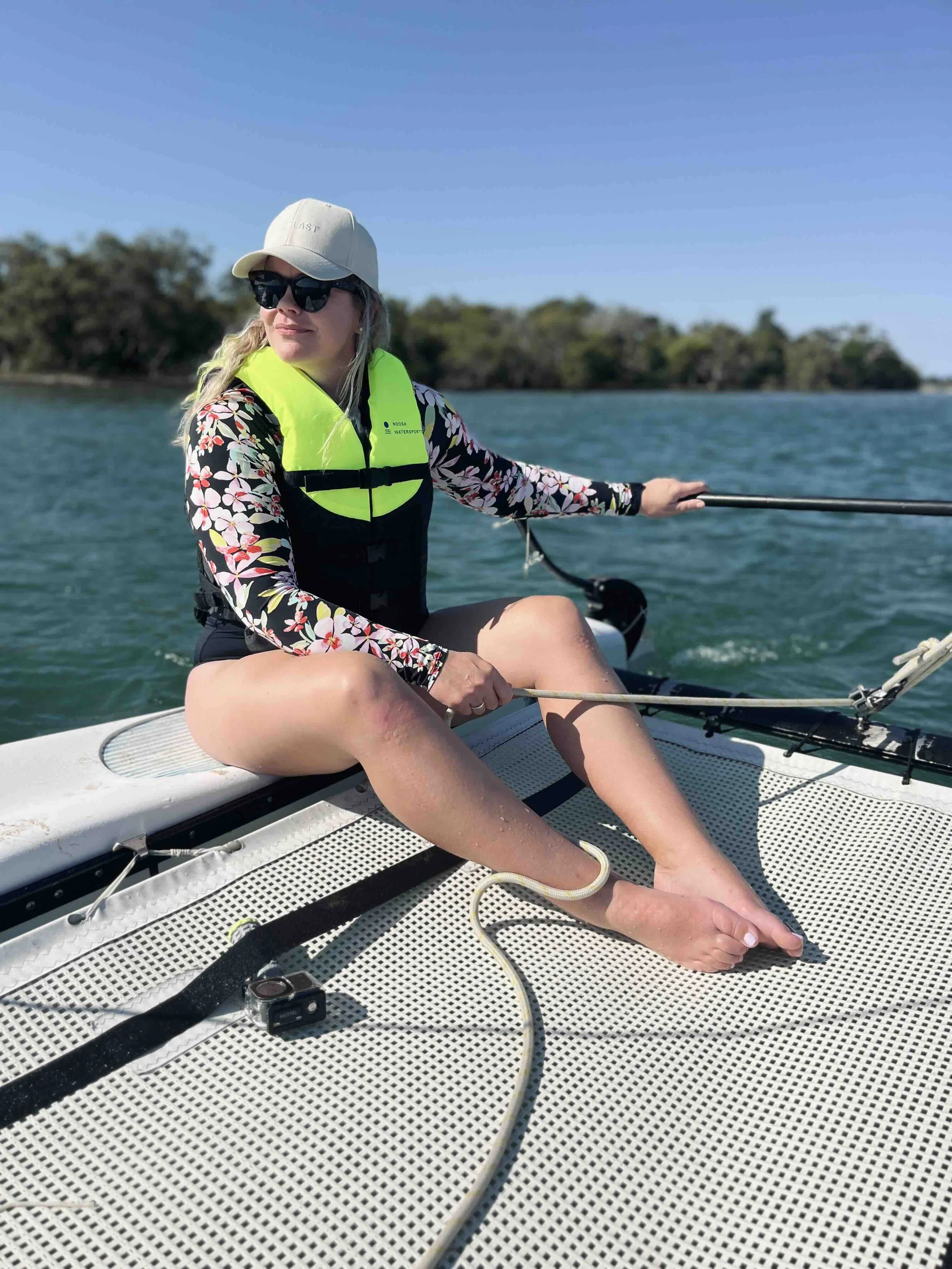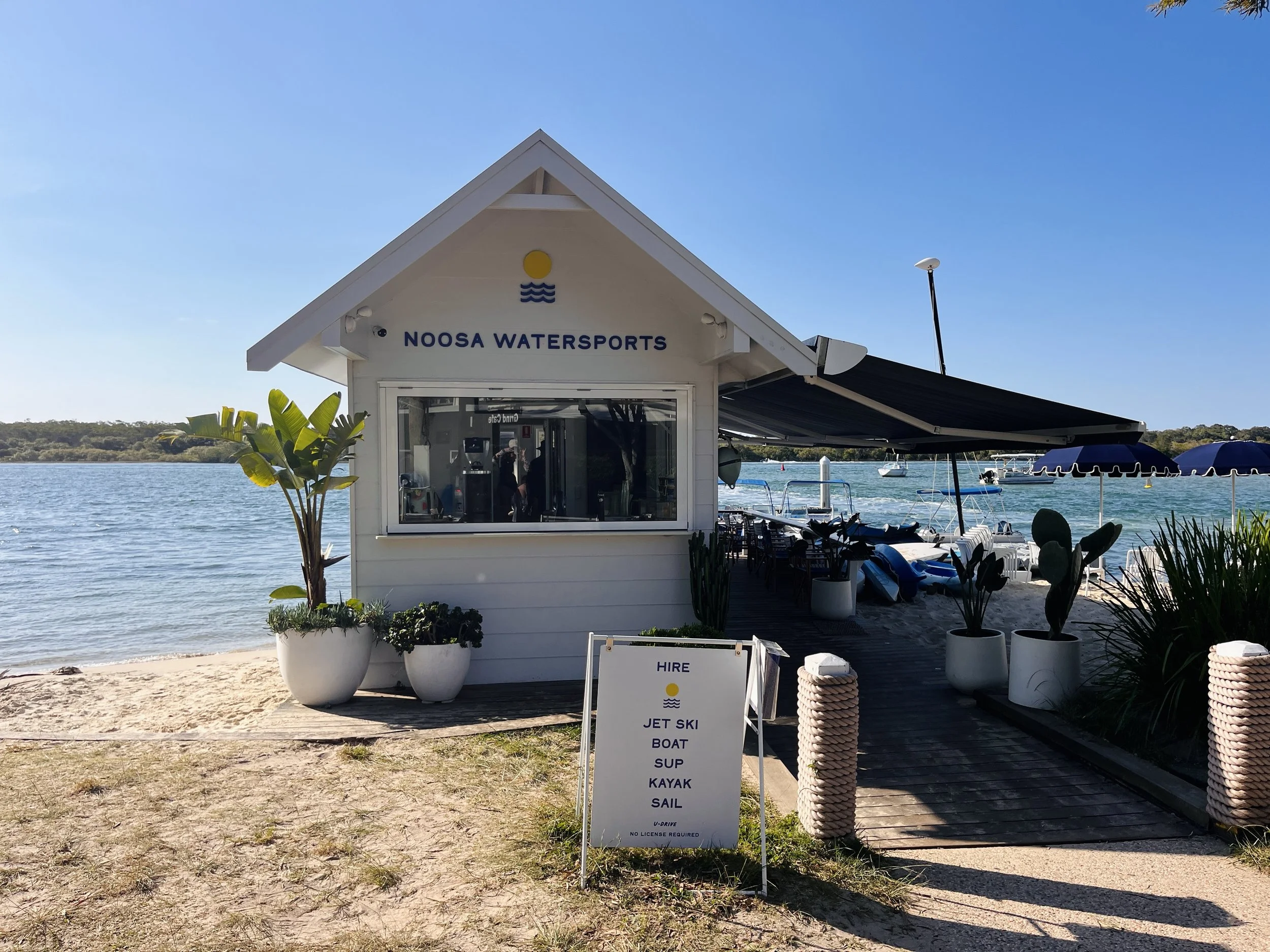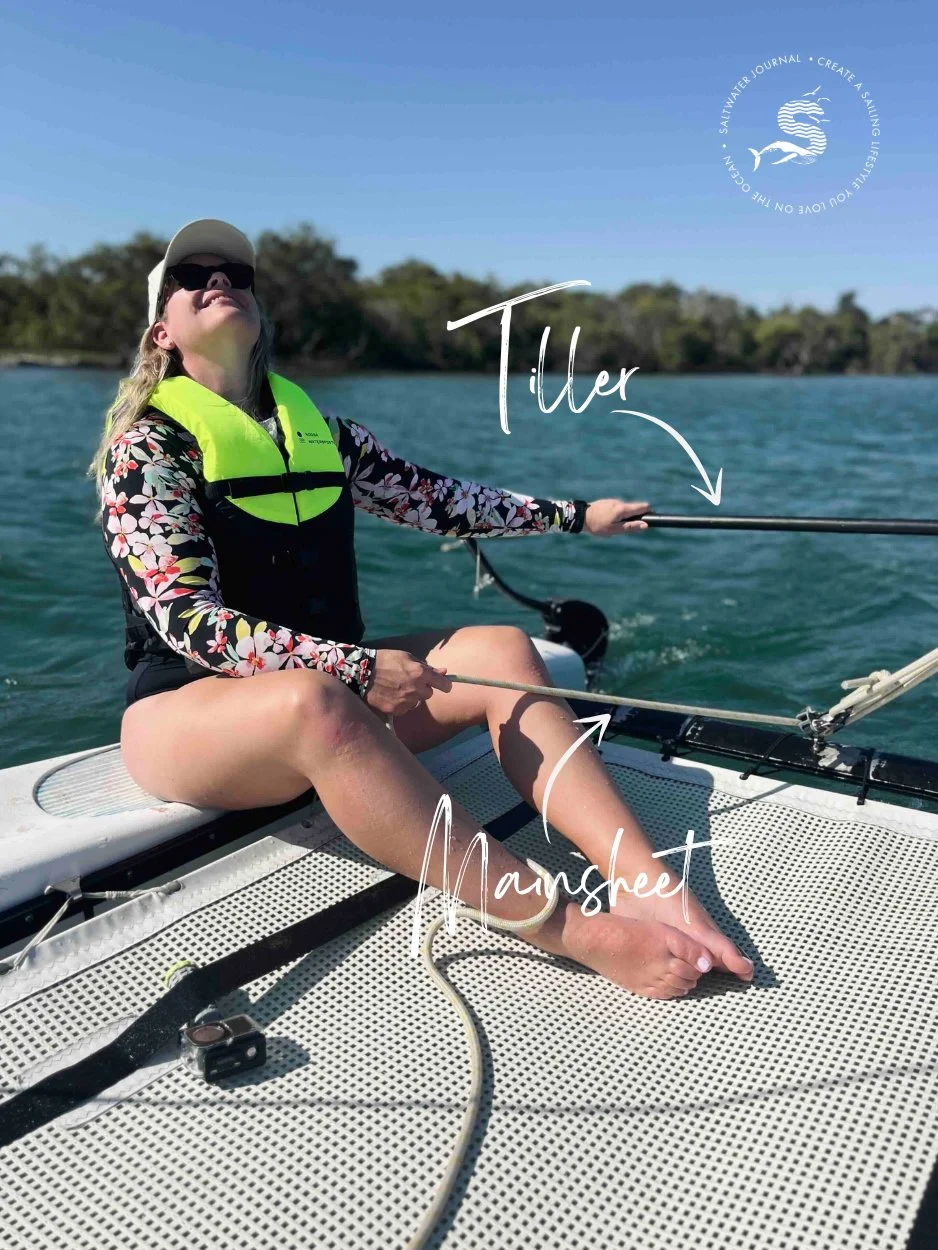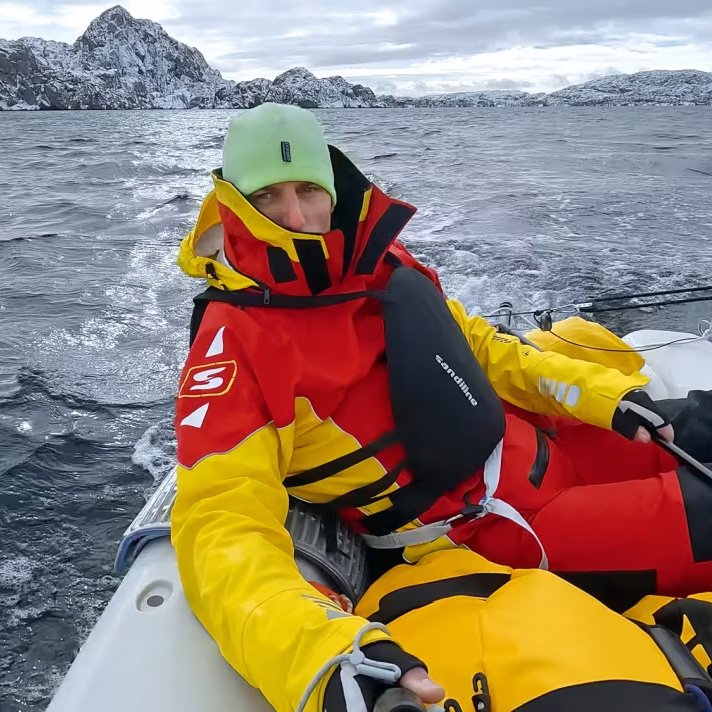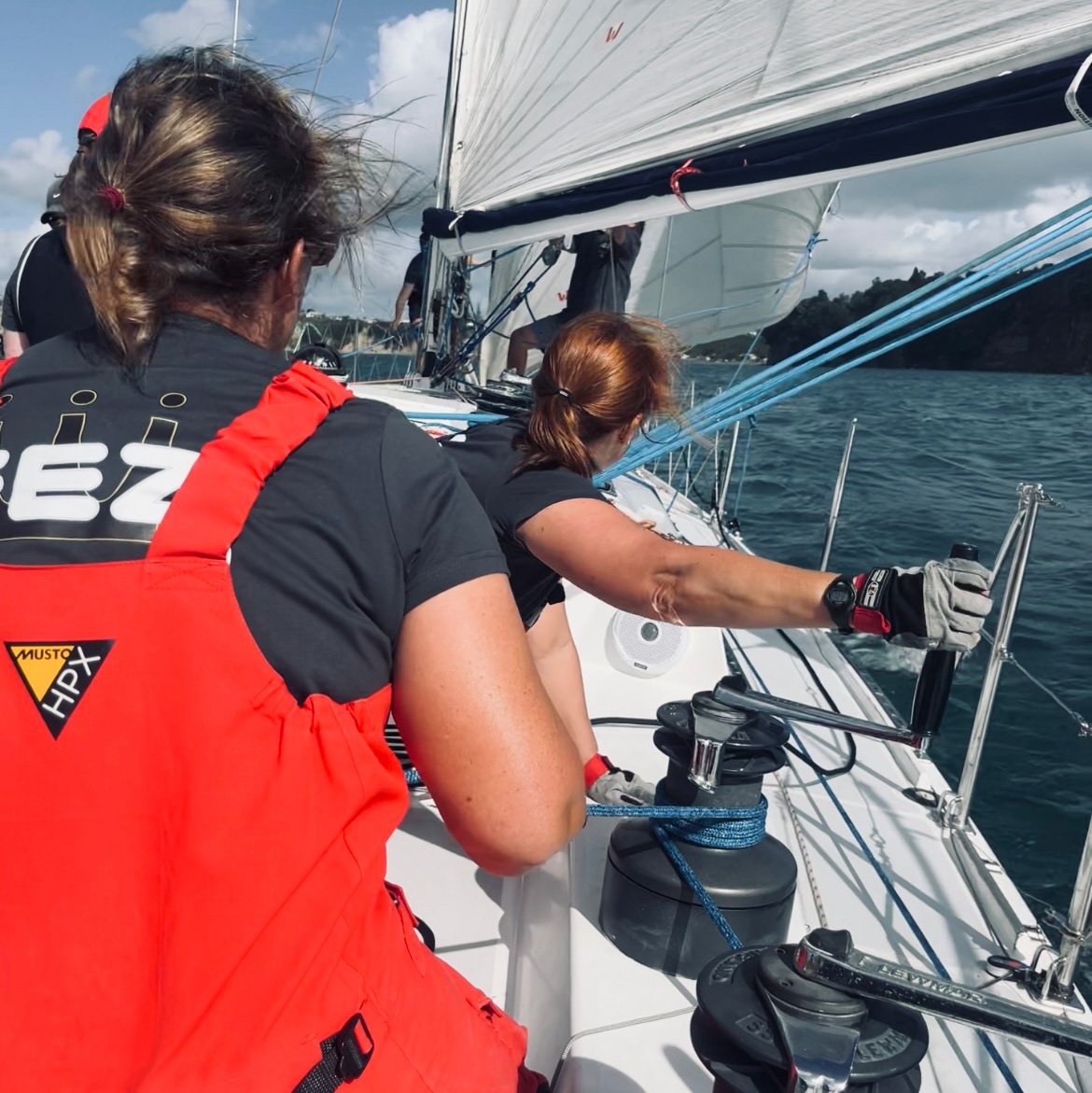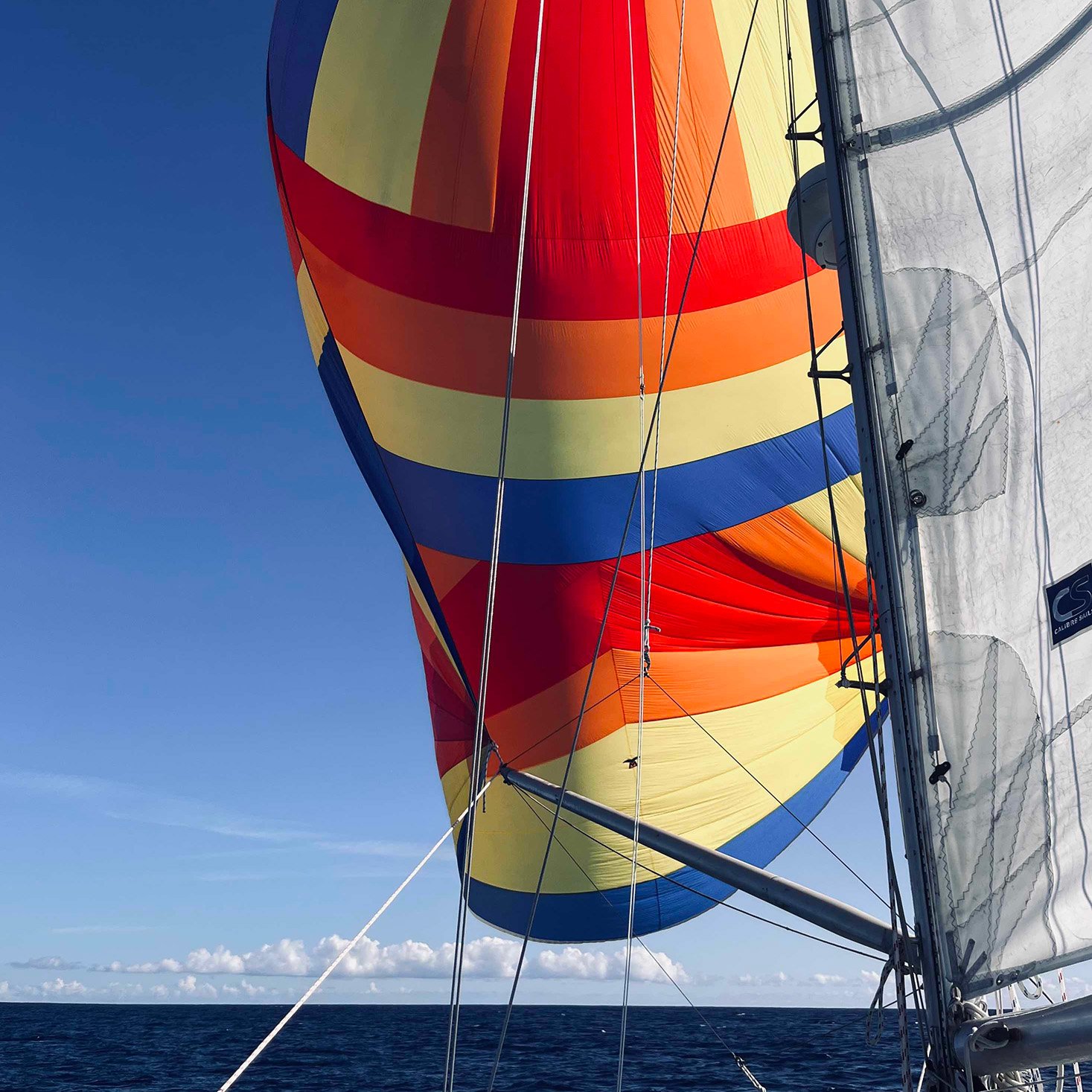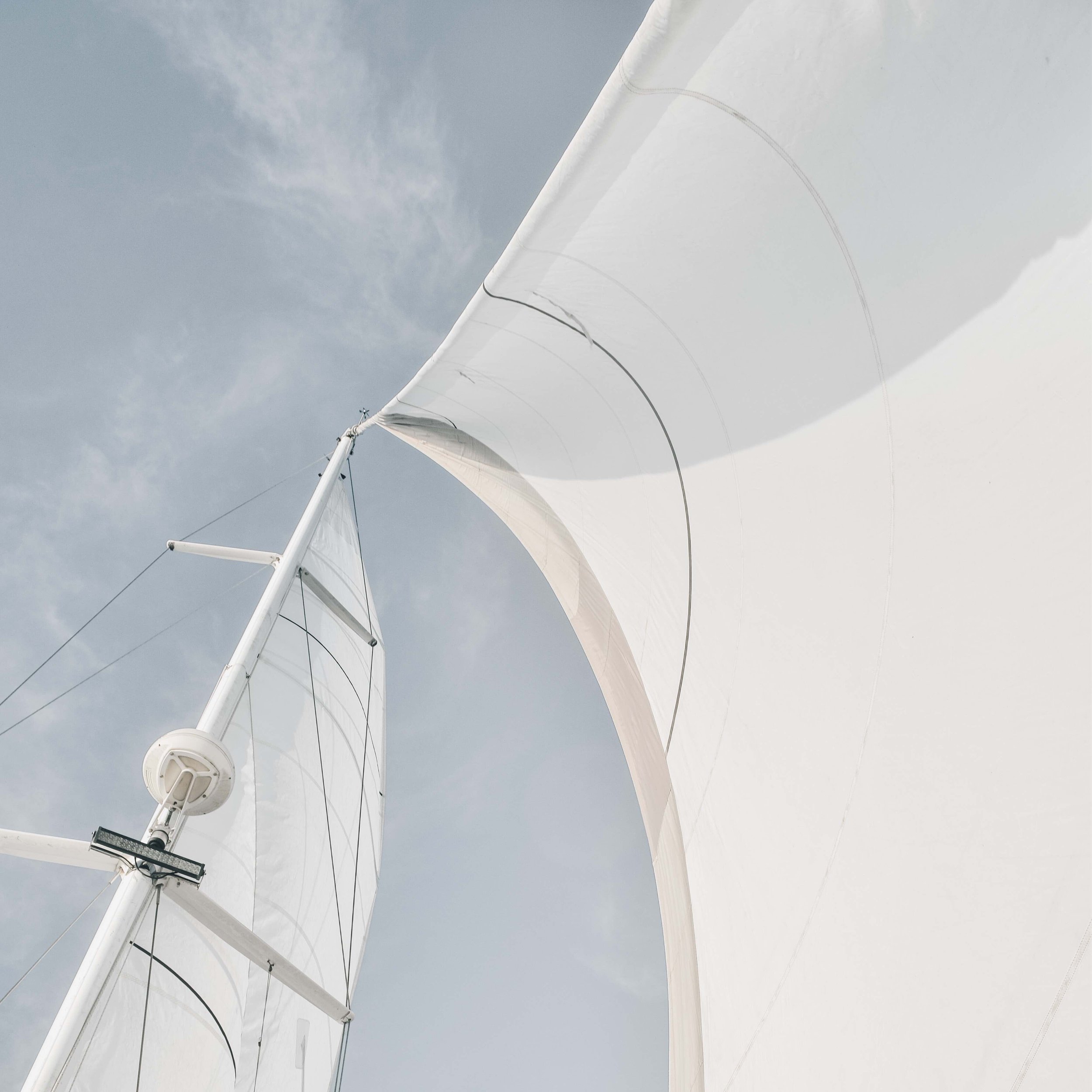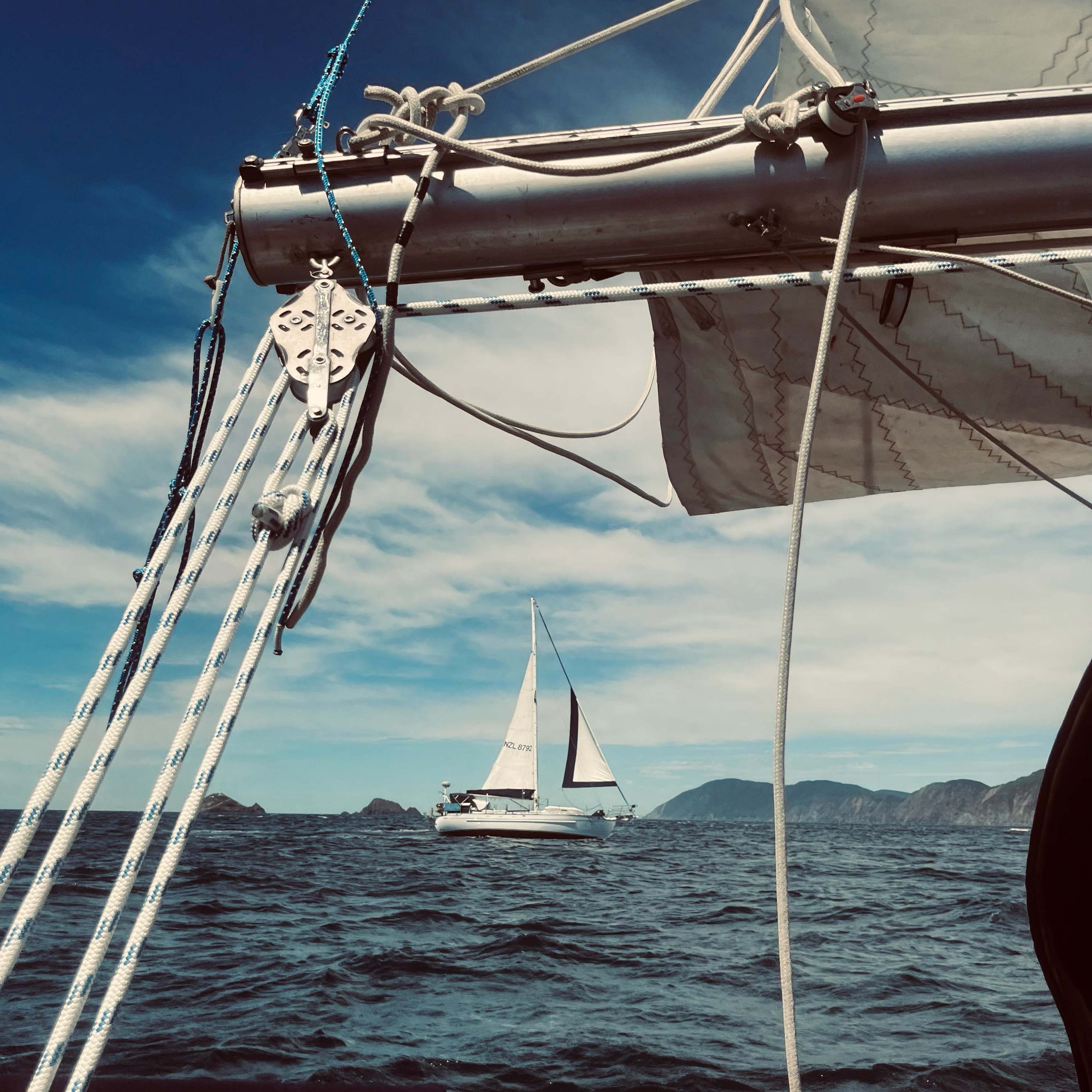First Time Hiring a Hobie Cat? Here’s What You Need to Know
Saltwater Journal is reader supported.
When you buy through our links we may earn an affiliate commission (at no extra cost to you)
Hiring a Hobie Cat for the first time is one of the easiest (and funnest) ways to try sailing. And who can resist a bright little sailboat waiting on the beach just begging to be taken out?! My recent sail on a Hobie in Noosa River, Queensland reminded me exactly what it is I love about being on the water, and small boats give all the feels. These lightweight catamarans are fast, splashy, and beginner-friendly — perfect for holiday adventures or dipping a toe into sailing. If you’re wondering what to wear, what to expect, or how to sail it without looking like a reckless little circus on the water, here’s your complete first-time guide.
What to Wear on a Hobie Cat
You’re going to get wet — that’s half the fun! Skip the cotton clothing that clings wet like a pube to a bar of soap and go for quick dry clothing that’s comfy to move around in and doesn’t gross you out. And don’t even think about wearing anything denim!
I recommend:
Rash top, swimwear and/or quick-dry shorts
Sunglasses (with a strap if you’re worried about losing them to Neptune)
Sunscreen, lipbalm and a hat that won’t blow away (some great sailing hat options here)
Barefoot or lightweight water shoes (both work fine, but I’m a fan of barefoot)
A comfortable PFD (Personal Flotation Device) or lifejacket (the hire operator will supply one, but bring your own if you have it)
What to Expect When You Hire a Hobie Cat
I was so excited to see Noosa Watersports had a Hobie Cat for hire on our recent trip to Queensland, Australia
Hiring usually starts with a quick safety rundown on the beach, while you look at the boat and hope like heck you don’t embarrass yourself. The hire crew will show you how to put the rudders down, which line (rope) controls the sail, and the sailing area boundaries (“don’t go past that red buoy”). Don’t be shy about asking them to repeat things — they’d rather you head out confident than confused. And don’t be afraid to admit if you’re a total beginner, we all start out as newbies!
Hire companies also keep a close eye on conditions. If there’s not enough wind, you won’t be sent out because you’ll simply drift. If there’s too much wind, they’ll ground the fleet — Hobies are fun and fast, but they want you to be safe.
If you’ve seen other people on Hobie’s with a hull out of the water should you panic that’s going to happen when you take it out?
Probably not, and that’s good news! Hobie hire companies won’t send you out if the wind’s too strong, and in light to moderate breezes beginners usually don’t trim or hike hard enough to get airborne.
That said, you might feel one hull start to lift for a second in a good puff. It’s more of a ‘whoa!’ moment than a capsize. Just ease the mainsheet or shift your weight out, and the boat will settle back down.
Flying a hull deliberately by holding one hull out of the water for speed is a skill sailors build up to, not something that happens on your first day. Think of it as the next chapter in your Hobie journey.
How to Sail a Hobie Cat for the First Time
Main parts of a Hobie Cat (Wave)
Two main steering parts on a Hobie Cat
There are two rudders (one on each hull) connected to a long tiller cross bar (the steering) that allows you to grab on from either side of the boat to steer. In most cases you’ll be able to steer with one hand and control the sail with the other. Although starting out it’s easier having two people on board, so you can do one thing each (steer or adjust the sail).
Steering: Push the tiller the opposite way you want to go (push right/starboard= turn left, pull left/port = turn right).
Sail control: Let the sheet (the rope) out until the sail just stops flapping. That’s your power zone.
Tacking (turning): Build a little speed first, then push the tiller across, duck under the sail, switch sides, and pull the sheet in again. Think smooth, not frantic.
Capsizing: Yes, it can happen BUT unless you’re out in high-winds and really pushing the boat you’re unlikely to capsize it. Having said that, Hobies are designed to be flipped back up easily. Climb onto the hull, grab the righting line, lean back, and the boat will pop upright.
Read more on The Art of Not Panicking Mid-Turn (How to Tack your Hobie) so you’re armed with the best procedures to follow.
9 Top Hobie Sailing Tips From Experience
1. Share the ride — stability is better than you might expect.
It’s heaps of fun taking someone with you to learn the ropes. And with two adults on board, it feels surprisingly big and secure (I thought it would be tippier than it was).
2. Don’t be afraid to move around
Adjusting where you sit will make a difference to the balance of the boat. The trampoline deck makes shifting sides simple — no clambering over cabin tops like on bigger boats. Try different spots to see where you feel most comfortable under sail.
3. One sheet (line/rope) does the trick
With just a single mainsheet to control, trimming the sail is manageable and starts to feel intuitive.
4. Keep your speed up for tacking
Hobies need momentum to turn through the wind; don’t try to tack from a standstill or you’ll stall.
5. Steer with small adjustments
Big tiller swings slow you down. Use gentle, smooth corrections to keep your boat moving.
6. Use the telltales
Your Hobie should have little ribbons or pieces of wool (woollies) on the sail called ‘telltales’. Think of them as the sail’s mood indicators telling you if the wind is moving well over the sail, and guiding you to trim (adjust) the sail when they start to drop or flap. You want these to all fly steadily horizontally as much as possible.
7. Figure out where the breeze is coming from (and current)
Before you push offshore, take a minute or two to think about where the wind is blowing from. This is super important as the direction you first sail in will depend on the wind direction. And ask the hire crew what the tide is doing — whether there is any strong current you need to know about. In regards to wind strength, around 5–12 knots is perfect for your first trip out: enough wind to move, not enough to freak yourself out (And if it’s outside that range, the hire crew won’t let you out anyway).
8. Swap roles
If you’re out there with a friend, start out with one of you steering, the other trimming the sail. Get used to how that feels and making the boat go where you want, and then switch — you’ll both get the hang of it faster.
9. Remember to enjoy it!
As much as you’ll probably be concentrating on where you’re going and not hitting anything, or worrying about how you’re going to get back (and on time lol)…remember to enjoy feeling the boat moving through the water, and listening to water lapping under the hulls. It’s almost meditative on a calm day, and why so many of us find sailing is one of the simplest pleasures in life!
In my Noosa River sail, there was quite a strong current running, so we decided to sail upwind and against the current first — slowly tacking left and right around dozens of moored boats, jetskies and hire boats (who seemed to think zooming within 20m was ok?! - meaning lots of wake to bump through and lots of refreshing splash). Heading upwind first took a bit of time and gave us plenty of goes at tacking the boat through the wind. It was a bit frustrating for me when we’d stall (mostly because I’d turn the rudders hard, which we do in our monohull sailing) but we needed a slightly different technique on the Hobie. It was pretty exciting when we’d pick up speed quickly when sailing with the wind toward our side (close reaching). After we’d gone quite a way up wind, we knew it’d be a quick sail back down, when we turned with the wind and current running with us. And it was so absolutely awesome! So quick, and so fun!!!
Key Things to Know Before You Go
ON REPEAT | Check the wind direction before you launch — you can’t sail straight into the wind, so you’ll need to pick a direction to sail in that has the wind at an angle to your boat. Read my Easy Guide to Points of Sail here if you have some quick study time!
Give yourself space to manoeuvre. Hobies don’t stop instantly (and you get the idea that you need a bit of time to change direction completely). So plan ahead and keep well clear of swimmers, moorings, and other boats.
Communication is key. If you’re sailing with someone else keep talking about where other boats are (especially in busy waterways, there’s often lots of vessels and jetskies zipping around). Get on the same page about what direction you’re headed and what the next manouever will be. It’s much easier to talk through what your plan is before you get to the turning point! (I always joke that it’s not a real sail if my husband and I aren’t having some minor debate over what we’re doing, but it’s pretty true LOL).
FAQ: First-Time Hobie Cat Hire
-
They can, but beginners are unlikely to capsize in normal hire conditions. Rental staff won’t send you out if the wind is too strong, and most first-time sailors don’t push the boat hard enough to flip. If it does happen, Hobies are designed to be righted quickly, and the hire crew will show you how.
-
Hell yes!!! They’re one of the best boats for learning to sail, and one of the most popular around holiday towns and resorts. Definitely give it a go if you get the opportunity!
-
Most rental Hobies fit two adults comfortably, but some models carry more (throw a couple of kids on too). Check with the hire company.
-
Not much. If you can steer, follow instructions, and aren’t afraid to get wet, you’ll pick it up quickly. But be warned: it’s pretty addictive (I’m now figuring out how to involve a Hobie Cat in my life on a permanent basis).
-
Swimwear, sun protection, a water bottle, and a sense of adventure. If you’ve got a small drybag for a phone, you could take that out if you can tuck it in a zipped pocket safely.
-
Not usually. In moderate wind, a Hobie Cat might lift one hull slightly, but that doesn’t mean you’ll immediately capsize. Beginners can settle the boat by easing the mainsheet or moving weight outward. Full-on “hull flying”, keeping one hull up for speed, is more of an advanced sailing skill than something that happens on your first rental.
-
As the queen overthinker and over analyser of ‘Did I do that right?’ ‘is Don on the beach over there wondering who let me hire this thing’, ‘Are my togs up my bum and everyone’s laughing at me, but I can’t let go of this mainsheet or tiller…oh sh*t I think one cheek IS hungry ’…I hear you.
And I can’t guarantee you won’t do something a bit embarrassing as a newbie but you won’t be an idiot. But what I CAN guarantee — is that if you’re doing something for the first time, and you STILL DO IT EVEN WHILE FEELING ANXIOUS AND WORRIED THAT YOU HAVE NO IDEA WHAT YOU’RE DOING then you my friend are an absolute legend.
Do you know how many people are really judging and thinking about what you’re doing? Pretty much none — most people are absorbed in their own little worlds and hardly worried at all about what you’re doing.
So you may as well go give it a shot.
Because there’s something else I can guarantee. You’ll feel bloody proud of yourself when you come back to shore having given it a go.
I’m cheering for you!
Seriously. Send me a picture or an few words about what it was like at tara@saltwaterjournal.life — I’d love to hear about it!
In Summary
It’s going to take more more than one outing to really feel like you’re getting a hang of Hobie Cat sailing, but the best part is that even the first time is a heck of a lot of fun! Zipping along on the water, under just the power of the wind is guaranteed to make you smile and feel alive. And that’s the adventure we’re all here for right?!

